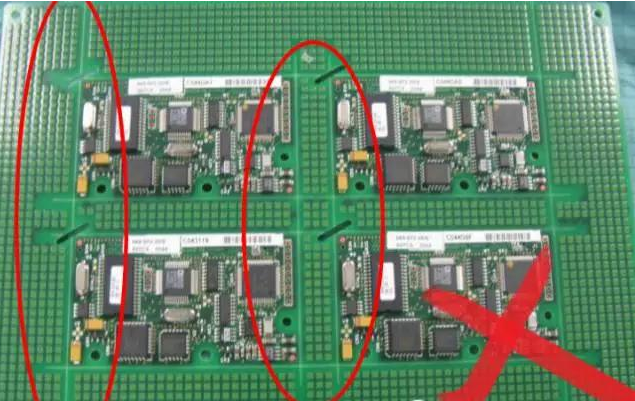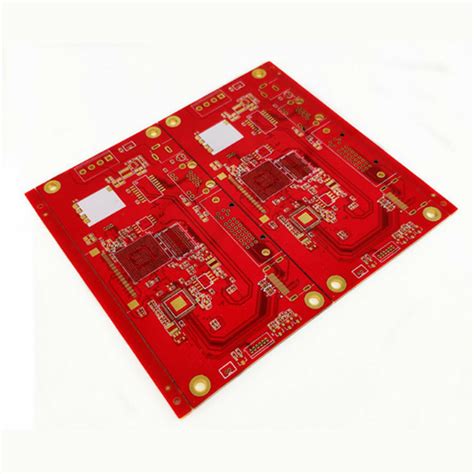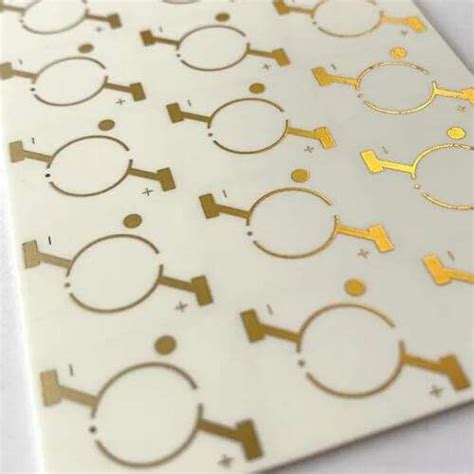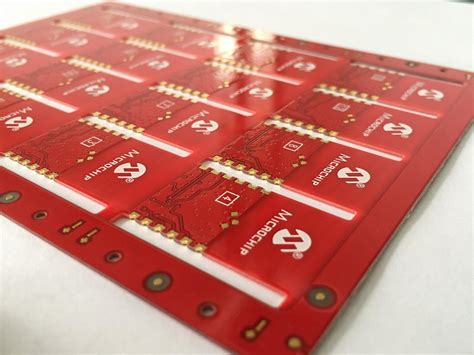Instant Flex PCB Quotes: Online Custom Solutions
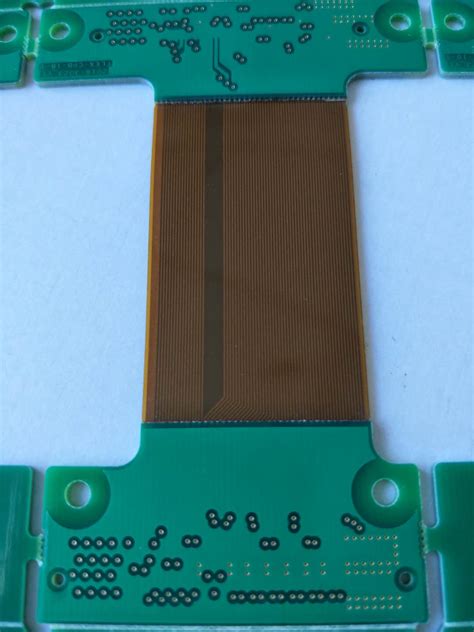
Key Takeaways
When exploring PCB manufacturing options for flexible circuits, understanding key factors that influence your PCB manufacturing cost is crucial. Most PCB manufacturing companies prioritize material selection, layer count, and design complexity when generating quotes. For instance, polyimide substrates may increase costs but offer superior heat resistance, while simpler single-layer designs reduce expenses.
Tip: Always share detailed specifications (e.g., bend radius, copper weight) upfront to avoid delays in receiving accurate quotes.
Below is a comparison of common factors affecting pricing in the PCB manufacturing business:
| Factor | Impact on Cost |
|---|---|
| Layer Count | Higher layers = Higher cost |
| Material Type | Specialty materials add expense |
| Turnaround Time | Expedited services cost more |
| Surface Finish | ENIG or gold plating raises fees |
Leveraging online tools from PCB manufacturing companies allows you to simulate costs based on your flex PCB’s shape and technical requirements. Many platforms provide instant estimates by analyzing parameters like panel utilization and tolerance levels. However, final pricing often depends on expert reviews to ensure manufacturability.
Partnering with a PCB manufacturing business that specializes in flex circuits ensures access to rapid prototyping and design-for-manufacturing (DFM) feedback. This collaboration helps balance PCB manufacturing cost with performance needs, especially for applications requiring tight bends or dynamic flexing.
By clarifying your project’s scope early, you streamline the quoting process and align expectations with your chosen PCB manufacturing provider.
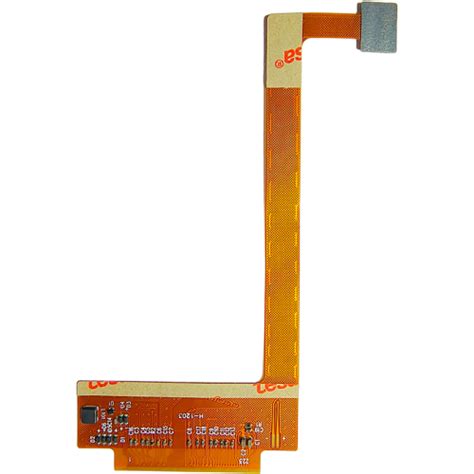
Instant Flex PCB Quote Solutions
When seeking PCB manufacturing solutions for flexible circuits, modern online platforms enable you to request real-time quotes tailored to your project’s unique parameters. By uploading design files or specifying material preferences, layer counts, and bend requirements, PCB manufacturing companies can instantly calculate PCB manufacturing cost estimates without manual delays. This automated approach eliminates guesswork, allowing you to compare pricing structures and adjust variables like substrate thickness or copper weight to align with budget constraints.
Advanced platforms integrate design rule checks (https://www.andwinpcba.com) embedded within these systems. These professionals refine your design for manufacturability, balancing PCB manufacturing business efficiencies with your technical goals.
Transparency in cost breakdowns helps you identify drivers like material selection or panelization strategies. Whether prototyping or scaling production, instant quoting tools streamline collaboration with manufacturers, reducing lead times while maintaining precision. By prioritizing platforms that offer live support and iterative feedback, you ensure your flex PCB project stays on track from concept to delivery.
Custom Flex Circuit Design Tips
When designing flexible circuits, balancing functionality with PCB manufacturing realities is crucial. Start by collaborating with experienced PCB manufacturing companies to align your design with industry standards. Focus on bend radius specifications—exceeding recommended limits can compromise durability. Use materials like polyimide for high-temperature resistance, but verify their impact on PCB manufacturing cost through early consultations.
Layer stackup requires special attention; while adding layers enhances functionality, it increases complexity and may affect flexibility. Optimize trace routing to avoid stress points, ensuring proper spacing for dynamic bending applications. For complex shapes, share detailed mechanical drawings upfront—this accelerates prototyping and prevents costly revisions.
Leverage online tools provided by PCB manufacturing business partners to simulate designs and identify potential flaws. Always request design-for-manufacturability (DFM) feedback to refine aspects like pad sizes or adhesive placements. By integrating these practices, you’ll streamline production timelines while maintaining performance—a critical step before transitioning to rapid prototyping.
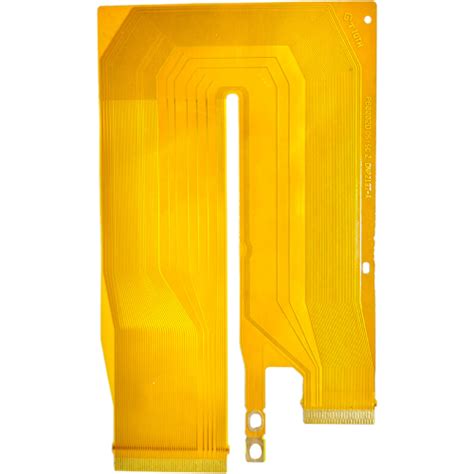
Rapid Prototyping for Flex PCBs
When designing flexible circuits, speed is often critical—especially when testing form factors or validating new applications. Rapid prototyping allows you to iterate designs quickly while maintaining the integrity of flex PCBs, ensuring they meet mechanical and electrical requirements. Leading PCB manufacturing companies leverage advanced processes like laser direct imaging (LDI) and automated optical inspection (AOI) to reduce turnaround times to as little as 24-48 hours for initial samples. This agility minimizes delays in product development cycles, letting you verify bend radii, material compatibility, and layer stack-ups before full-scale production.
To optimize PCB manufacturing cost during prototyping, consider modular designs that reuse validated sections or simplify complex geometries. Many PCB manufacturing partners offer tiered pricing based on batch sizes, allowing you to balance speed and budget. For instance, ordering a small batch of 5-10 units can help validate performance without overcommitting resources. Additionally, cloud-based collaboration tools enable real-time feedback between your team and the PCB manufacturing business, streamlining revisions and approvals.
By prioritizing rapid prototyping, you not only accelerate time-to-market but also reduce risks associated with design flaws. Whether adjusting for dynamic flexing or integrating rigid-flex components, this approach ensures your final product aligns with both technical specifications and flex PCB shape requirements.
Fast Lead Time FPCB Services
When time-sensitive projects demand rapid turnaround, partnering with experienced PCB manufacturing companies that specialize in flexible circuits becomes critical. Advanced PCB manufacturing processes now enable agile production workflows, allowing you to receive fully functional flex PCBs in as few as 5–7 business days. This speed is achieved through automated design verification, precision laser cutting for custom shapes, and streamlined assembly lines optimized for low-volume prototypes or high-volume orders.
To minimize PCB manufacturing cost while accelerating timelines, many providers offer real-time quoting engines that analyze your design files and material specifications instantly. These tools factor in variables like layer count, copper weight, and polyimide thickness to provide accurate estimates without manual delays. For complex projects requiring specialized adhesives or stiffeners, expert engineers at PCB manufacturing business hubs can recommend cost-effective alternatives without compromising durability or performance.
Proactive communication is key—look for suppliers that provide 24/7 project tracking and dedicated support to address design revisions or material availability issues. By aligning your requirements with manufacturers offering design-for-manufacturability (DFM) analysis, you avoid costly redesigns and ensure seamless transitions from prototyping to mass production. This approach not only accelerates lead times but also strengthens the reliability of your flexible circuit solutions.
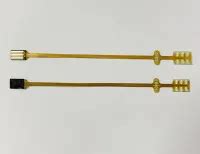
Flex PCB Shape Requirements Guide
When requesting a flex PCB quote, clearly defining your board’s shape requirements ensures alignment with PCB manufacturing capabilities. Flexible circuits often need custom contours, cutouts, or folds to fit unique enclosures, and these geometric specifics directly influence PCB manufacturing cost. Key factors include bend radius limits, layer alignment for rigid-flex hybrids, and tolerance thresholds for irregular shapes. For example, tighter curves may require advanced materials to prevent cracking, while complex cutouts could demand laser precision, affecting both timelines and pricing.
PCB manufacturing companies typically analyze your design files to identify potential challenges, such as stress points in dynamic bending areas or spacing constraints in compact layouts. Sharing detailed CAD drawings or 3D models helps avoid miscommunication, ensuring your design meets mechanical and electrical performance standards. If you’re optimizing for cost, consider simplifying non-critical contours—straightened edges or standardized curves often reduce tooling expenses.
Balancing innovation with practicality is key in the PCB manufacturing business. While intricate shapes enable groundbreaking devices, overly complex geometries may strain budgets or delay prototyping. Collaborate early with manufacturers to refine your design, ensuring it aligns with both functional goals and production realities.
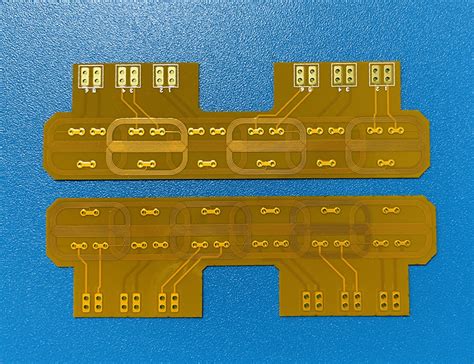
Online Tools for Flex PCB Quotes
Modern PCB manufacturing workflows now integrate digital platforms that simplify requesting flex PCB quotes directly from PCB manufacturing companies. These online tools let you input design parameters like layer count, material type, and bend requirements to receive real-time estimates for PCB manufacturing cost, eliminating manual back-and-forth. By automating calculations based on your specifications, they provide clarity on how factors like substrate thickness or copper weight impact pricing, helping you balance performance with budget.
Leading PCB manufacturing business platforms often include interactive features—such as 3D previews or impedance calculators—to refine your design before finalizing the quote. This ensures alignment with fabrication capabilities while minimizing errors that delay production. For complex projects, many tools offer instant access to expert engineers who can validate your design choices, ensuring manufacturability without sacrificing flexibility.
When comparing quotes, prioritize platforms that transparently break down PCB manufacturing cost components, from prototyping fees to bulk-order discounts. This visibility helps you evaluate whether a PCB manufacturing company aligns with your project’s technical needs and timeline. By leveraging these tools, you streamline the transition from design to production, securing faster lead times and reliable outcomes.
Expert Flex PCB Support Services
When working with PCB manufacturing companies, accessing specialized expertise can significantly streamline your project’s success. Expert support services bridge the gap between design intent and production reality, ensuring your flexible circuits meet both functional and mechanical demands. Whether you’re optimizing for PCB manufacturing cost or navigating complex shape requirements, seasoned engineers provide guidance on material selection, stack-up configurations, and testing protocols tailored to your application.
For businesses scaling their PCB manufacturing business, these services often include design validation, failure analysis, and compliance checks to mitigate risks during high-volume production. Real-time collaboration with technical teams helps refine designs for manufacturability, reducing delays and costly revisions. Additionally, experts can advise on balancing performance with PCB manufacturing budgets, such as recommending cost-effective substrates or layer optimizations without compromising reliability.
By leveraging these resources, you gain a partner who understands the nuances of flex PCB fabrication—from prototyping to mass production—ensuring your project stays on track with minimal overhead. This level of support is particularly valuable for industries like wearables or aerospace, where precision and durability are non-negotiable.

Flex PCB Cost Estimation Methods
When estimating costs for flex PCB manufacturing, understanding the variables that influence pricing helps you make informed decisions. PCB manufacturing companies typically consider factors like material type (polyimide vs. polyester), layer count, design complexity, and order volume. For instance, high-layer-count designs or specialized substrates often increase PCB manufacturing cost due to advanced processing requirements.
Online quoting tools streamline this process by allowing you to input specifications—such as bend radius, copper weight, and surface finish—to receive instant estimates. However, working directly with PCB manufacturing business experts ensures accuracy, especially for prototypes requiring tight tolerances or unique geometries. They can identify cost-saving opportunities, such as adjusting panelization layouts or opting for alternative materials without compromising performance.
Keep in mind that lead times and testing protocols (e.g., impedance control or thermal cycling) also impact final pricing. Reputable manufacturers often provide tiered pricing for bulk orders, making it easier to scale production while managing PCB manufacturing cost effectively. By balancing design requirements with budget constraints, you can optimize both flexibility and affordability in your custom flex circuit projects.
Conclusion
When seeking PCB manufacturing solutions for flexible circuits, balancing speed, precision, and PCB manufacturing cost is critical. Modern PCB manufacturing companies offer online tools that simplify the quoting process, allowing you to upload design files, specify material preferences, and receive instant estimates tailored to your project’s unique shape and complexity. These platforms integrate real-time cost calculators and expert review systems, ensuring your design aligns with both technical requirements and budget constraints.
For businesses scaling their PCB manufacturing business, leveraging these digital solutions minimizes delays and reduces manual errors. Whether prototyping or moving to full production, prioritizing fast lead times and customizable support helps maintain competitiveness. Always verify that your chosen partner provides transparent breakdowns of PCB manufacturing cost drivers—such as layer count, substrate materials, and finish options—to avoid unexpected expenses. By aligning your flex PCB needs with the right PCB manufacturing companies, you streamline workflows while ensuring reliability in every batch.
FAQs
How do I determine the right flex PCB manufacturing partner for my project?
Start by evaluating PCB manufacturing companies based on their expertise in flexible circuits, production capabilities, and customer reviews. Look for suppliers offering design support and rapid prototyping to align with your shape and performance requirements.
What factors influence PCB manufacturing cost for flexible circuits?
Costs depend on material selection, layer count, board complexity, and turnaround time. Working with specialized PCB manufacturing providers can help optimize expenses through design-for-manufacturability (DFM) feedback and bulk-order discounts.
Can I request design adjustments after receiving a quote?
Yes, most PCB manufacturing business workflows allow revisions. Share updated files with your supplier to recalculate costs and lead times. Early collaboration minimizes delays and ensures your design meets technical specifications.
How do online tools streamline the quoting process?
Digital platforms automate material and layer calculations, providing instant estimates. Upload your Gerber files to receive real-time feedback on PCB manufacturing cost and feasibility, accelerating project kickoff.
What if my flex PCB requires non-standard shapes?
Reputable PCB manufacturing companies use advanced routing and laser-cutting tools to accommodate custom outlines. Specify dimensional tolerances in your design files to ensure precision.
Ready to Get Your Custom Flex PCB Quote?
For tailored solutions and expert guidance, please click here to connect with our PCB manufacturing team. Submit your design files today for instant pricing and dedicated support!


